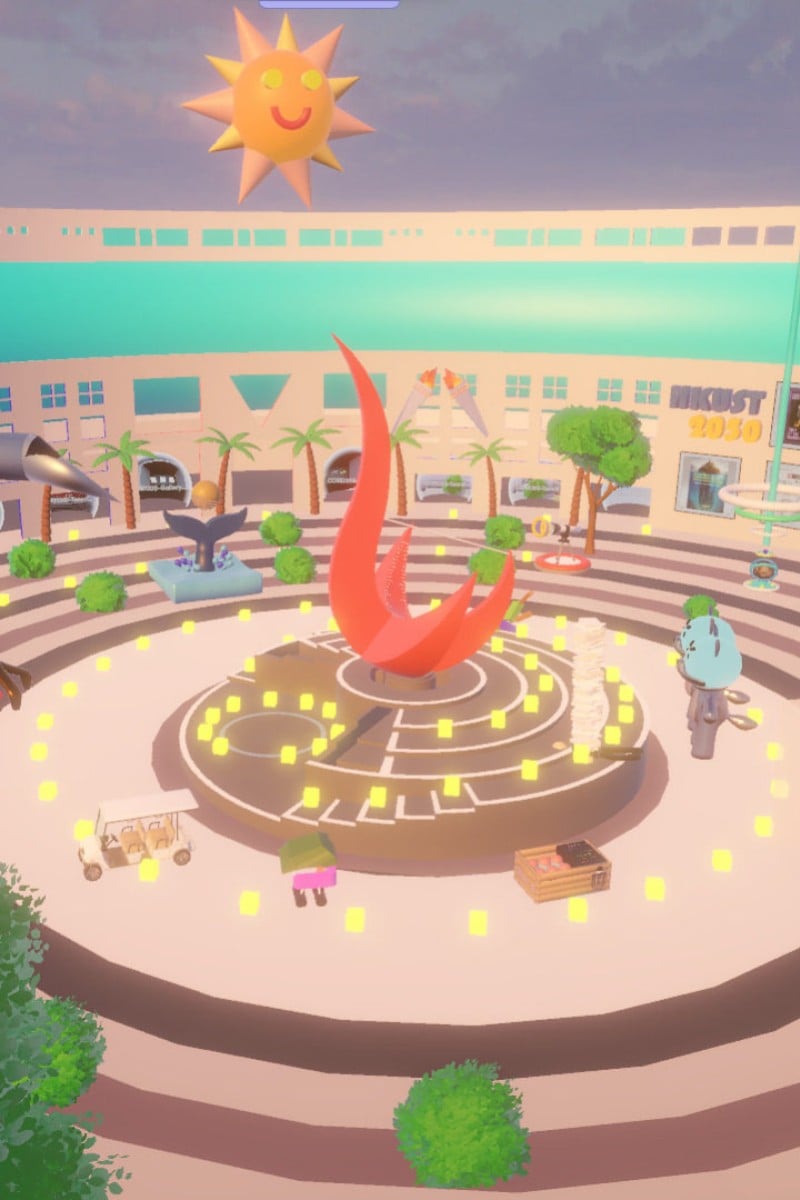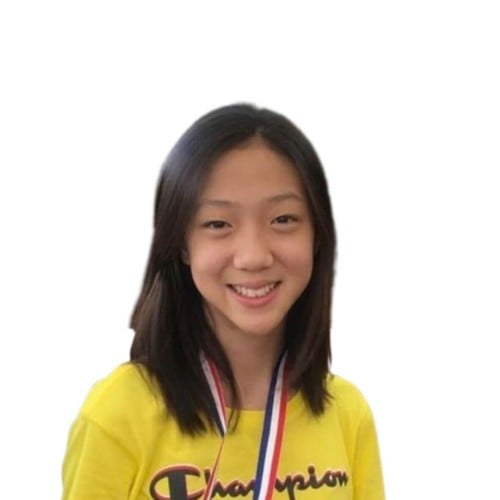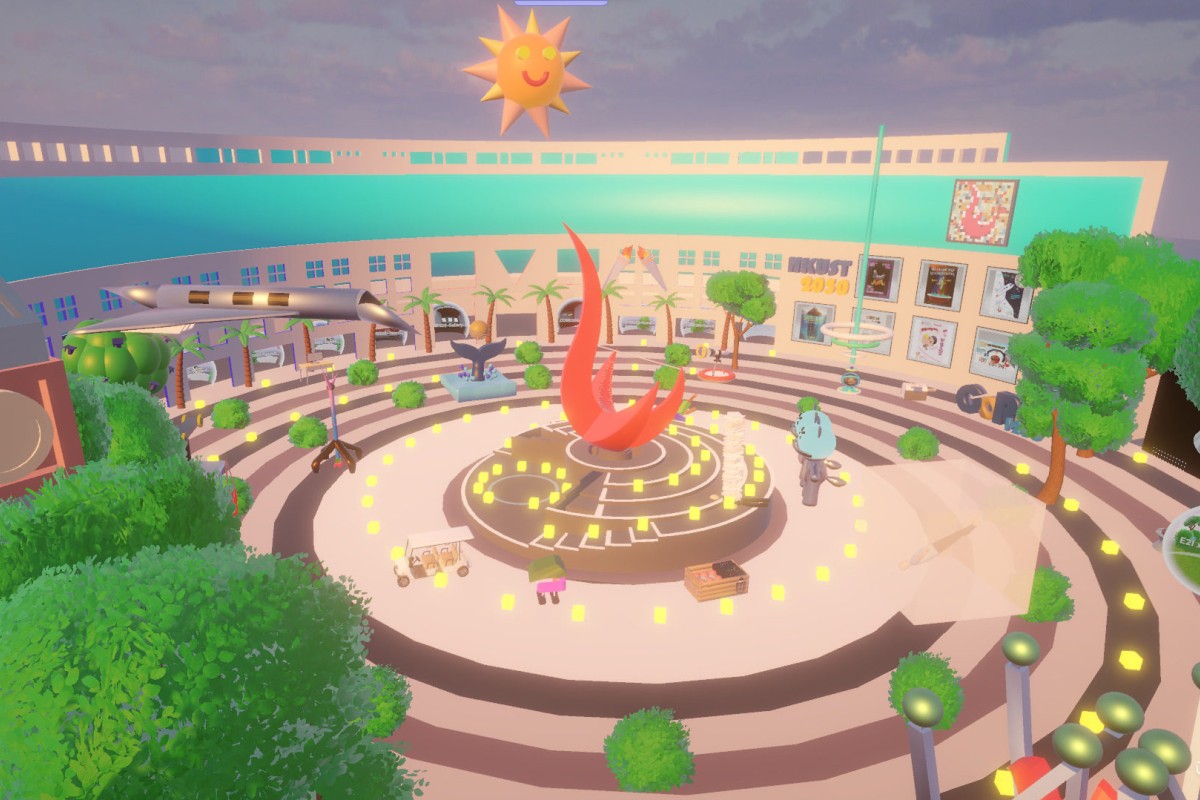
- For the common core course at the Hong Kong University of Science and Technology, engineering students use Spatial platform to create shared virtual space
- Professor explains how emerging technologies help create more engaging and collaborative classrooms

 About 40 students worked together to reimagine what the HKUST campus might look like in 2050. Photo: Handout
About 40 students worked together to reimagine what the HKUST campus might look like in 2050. Photo: HandoutEngineering students at the Hong Kong University of Science and Technology (HKUST) are reimagining the future of learning by using the metaverse to design what the campus might look like in 2050.
The common core course held in the spring semester, Engineering Team Design Experience, used a platform called Spatial, which allows users to create shared virtual spaces.
One student predicted that by 2050, half of the campus would be under water while the other half would float above the sea. Another envisioned that Hong Kong’s ageing population meant that the future school would need to provide infant-care facilities in hopes of encouraging students to become parents.
HKUST to launch virtual reality lessons with metaverse campus
Pauline Guo Siling, a third-year electronic engineering student who took the course, said she imagined space travel would become commonplace in the future.
“We created a lab in which students may travel to distant planets via wormholes and engage in outer space academic exchanges,” said Guo, sharing that she also added her favourite cartoon characters to the metaverse campus.
Eva Xie Shiyong, a first-year engineering student who was a teaching assistant for this course, said the metaverse platform gave students an interactive space to collaborate.
“Other courses may put more emphasis on submitting individual homework ... but this course allows students to discuss and co-create with other students from beginning to end, so as to inspire new ideas,” Xie said.
Dr Ben Chan Yui-bun, the professor for this course, pointed out that the goal of the class was to create an engaging learning environment that encouraged students to use their imagination without limits.
“[The metaverse] allows students to be more engaged and interested in class,” said Chan, who is also the director of HKUST’s Centre for Engineering Education Innovation.
He added that the classroom was equipped with all kinds of technology, such as a large 3D screen, to help students see their work come to life.
Face Off: Is the metaverse good for education?
The professor explained that the metaverse was also helpful in training problem-solving skills. In the course, he created a landslide simulation in the metaverse and tasked students with providing solutions to prevent this catastrophe, for example by building a wall in front of the mountain.
While this particular common core course might not continue focusing on the metaverse, Chan said he would be incorporating it into his other classes.
“Learning on metaverse needs time to mature … but in the future, people will spend more and more time in the virtual world, and students from all parts of the world can interact more easily,” he said.
